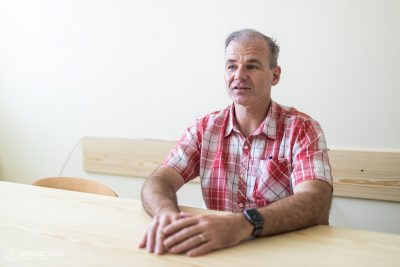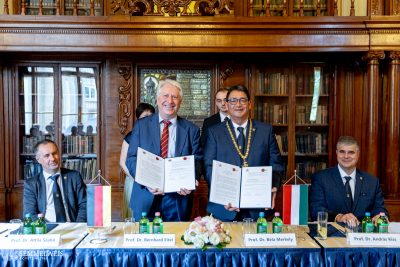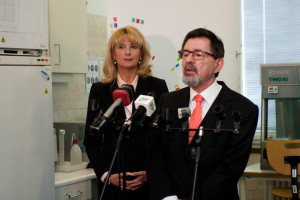 The new device of the Institute of Genomic Medicine and Rare Disorders is capable of rapid sequencing of the human genome, which makes the examination and research of the origin of diseases of the nervous system (such as Alzheimer’s disease, Parkinson’s disease, schizophrenia, autism), rare hereditary diseases, tumours and cerebral metastases much more efficient.
The new device of the Institute of Genomic Medicine and Rare Disorders is capable of rapid sequencing of the human genome, which makes the examination and research of the origin of diseases of the nervous system (such as Alzheimer’s disease, Parkinson’s disease, schizophrenia, autism), rare hereditary diseases, tumours and cerebral metastases much more efficient.
The capacity of this device largely exceeds that of the other available devices in the region. Genome examination is required for diagnostics, research and the establishment of personal treatment, which the machine is able to provide of the highest quality. Up till now only Vienna provided this possibility in the neighbouring countries.
The procurement of the equipment was realised by the support of the National Brain Research programme and it serves the joint research programmes of Semmelweis University and Richter Gedeon Nyrt. At the press conference organised for the inauguration of the device Dr. Ágoston Szél said that its contribution to high level research activity would create a solid base for quality education. Both Dr. Ágoston Szél and Dr. Mária Judit Molnár, Vice-Rector for Clinical Affairs and director of the Institute of Genomic Medicine and Rare Disorders emphasized the machine’s singular ability to map the human genome, consisting of 3 billion base pairs, in two days.
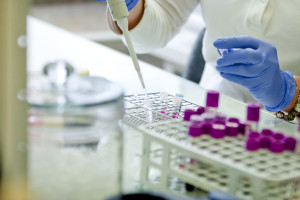 This technology allows us to predict the risk of individuals developing certain diseases (eg. oncological and cardiovascular diseases, Parkinson’s disease, Alzheimer’s disease) and the efficiency and the adverse effects on drugs on different individuals. Besides, the sequencer can facilitate the diagnostics of rare disease. Currently there are 800 000 patients with rare diseases and in some cases setting up a diagnosis may last as long as 10-20 years. The Vice Rector said that by sequencing the complete genome instantaneously, the diagnosis of hereditary diseases would further improve.
This technology allows us to predict the risk of individuals developing certain diseases (eg. oncological and cardiovascular diseases, Parkinson’s disease, Alzheimer’s disease) and the efficiency and the adverse effects on drugs on different individuals. Besides, the sequencer can facilitate the diagnostics of rare disease. Currently there are 800 000 patients with rare diseases and in some cases setting up a diagnosis may last as long as 10-20 years. The Vice Rector said that by sequencing the complete genome instantaneously, the diagnosis of hereditary diseases would further improve.
Dr. Mária Judit Molnár pointed out that the device would be used for research in the initial years paving the way to the reform of healthcare. She expects that the equipment will be of use not only for the researchers of Semmelweis University, but for other universities, research institutions and the pharmaceutical industry.
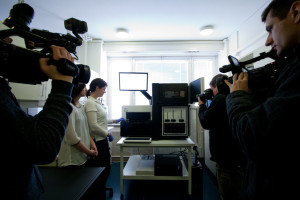 By using state-of-the-art technologies in the field of molecular medicine, Semmelweis University strives to improve its innovative potential and become the leading institution of the sector in the region. The Vice Rector hopes that Hungary will follow the example of the United Kingdom and the USA, where molecular genetic diagnostics has already become a routine task to address contemporary challenges of healthcare. When this is realised, thousands of patients will have access to a faster and personalised diagnosis.
By using state-of-the-art technologies in the field of molecular medicine, Semmelweis University strives to improve its innovative potential and become the leading institution of the sector in the region. The Vice Rector hopes that Hungary will follow the example of the United Kingdom and the USA, where molecular genetic diagnostics has already become a routine task to address contemporary challenges of healthcare. When this is realised, thousands of patients will have access to a faster and personalised diagnosis.
Pálma Dobozi
Photo: Attila Kovács, Semmelweis University
Transalted by: Ágnes Raubinek
